In June 2016, DC Comics kicked off the start of its Rebirth initiative. After a wave of criticism surrounding the way they have treated their characters’ rich histories since 2011’s New 52 relaunch, DC has decided to rebrand. They hope that by restoring their characters’ pasts, they will restore readers’ faith in them as well. Do they succeed? That’s what the Comics Beat managing editor Alex Lu and entertainment editor Kyle Pinion are here to discuss. Book by book. Panel by panel.
UPDATE: With a new year comes change. Going forward in 2017, Alex and Kyle will be alternating articles weekly in order to give each other a breather after 7 straight months of going tandem. A little break is always good! This week, Alex takes charge.
Note: the reviews below contain **spoilers**. If you want a quick, spoiler-free buy/pass recommendation on the comics in question, check out the bottom of the article for our final verdict.
 Batwoman #1
Batwoman #1
Writer: Marguerite Bennett & James Tynion IV
Artist: Steve Epting
Colorist: Jeromy Cox
Letterer: Deron Bennett
In my mind, every great first issue in comics has a “wow” moment. In Saga, it happens right at the beginning as we open on a full page spread of Alana’s deeply pained face as she gives birth, speaking the unforgettable lines “Am I shitting? It feels like I’m shitting!” In The Wicked + The Divine, the moment comes at the end when, after spending the whole issue trying to determine Lucifer’s moral alignment, a judge’s head explodes with a neon pop. These moments are bold and seared into your mind. They distinguish the book from the twenty others you read that week and leave you wanting more. The first issue has a huge amount of weight on its shoulders because it needs to stand out. It needs to leave you…needing. That lack of immediacy and desire is what makes Batwoman #1, which is a decent start to a storyline, a mediocre first issue for the series.
Kate Kane is perhaps one of the most beloved characters in the modern DC canon. She occupies a distinctive role in the universe as one of its few openly queer heroines. She has connections to the bourgeoisie of Gotham and to the US military industrial complex. Her look is distinguished as all get out— blood red mixed with black and white. She’s bold, capable, mysterious, and constantly a badass.
That air of mystery is central to this creative team’s take on Batwoman. As was revealed in Batwoman: Rebirth, Kate’s life has never been easy. She’s been through trauma after trauma and made many enemies over the years. In this first issue, one of those old ghosts returns to haunt her. During “The Night of the Monster Men,” a group of augmented men-turned-beasts ravaged Gotham. In the wake of their destruction, a serum was secretly derived from the monsters’ corpses that can turn anyone into a killing machine. Batwoman has been tasked with hunting down the source of the serum. That trail leads her to Coryana, where she had an intimate affair with a woman named Safiyah that eventually turned sour.
It’s worth noting right off the bat that this book is fun. Steve Epting and Jeromy Cox do a great job at rendering Batwoman’s world. The backgrounds are vibrant and feel lived in. When a monster comes crashing through a crowded market at the start of the issue, the destruction it causes is rendered with great detail and care. Cox conscientiously separates Batwoman’s vibrant red and pitch costuming from the earthly tones that surround her. Writers James Tynion IV and Marguerite Bennett give the dialogue a quippy edge that I can easily appreciate as lighthearted fun that doesn’t entirely undermine the dramatic tension of the story.
That said, I don’t understand what the selling point of this book is. There’s no moment in this book that grabs you by the neck and holds on tight like there is in Scott Snyder’s and Greg Capullo’s Batman #1 when Bruce has his 75 year legacy challenged by a secret organization. There’s no huge action-packed confrontation between several main characters like there is in The Wild Storm #1. For such a big return, Batwoman #1 feels oddly rote. It’s like the kickoff to a random arc in a series rather than the start to the series itself.
Would I recommend Batwoman #1? To a reader who already enjoys the character– sure. If you’ve been waiting years for a proper Batwoman story, this should fill your desires just fine. However, if you’re not particularly attached to Kate yet, this debut doesn’t offer quite enough to make good on the bombastic promises made in Batwoman: Rebirth.
Final Verdict: Browse
 Cave Carson has a Cybernetic Eye #6
Cave Carson has a Cybernetic Eye #6
Writers: Jon Rivera & Gerard Way
Artist: Michael Avon Oeming
Colorist: Nick Filardi
Letterer: Clem Robins
Or should we say Cave Carson had a Cybernetic Eye?
I’ve been on the fence about Cave Carson has a Cybernetic Eye for a little while now. While I don’t believe this book has problems as glaring as Mother Panic does, it has never managed to ascend to the heights that Doom Patrol and Shade the Changing Girl have. Cave has a lot going for it– fantastically distinctive art, a weird yet intriguing speculative conceit, and a very well defined thematic idea that it wants to play with. And yet, even now, after completing its first arc with today’s release of issue 6, the book isn’t totally gelling.
While “weirdness” is a good initial draw for a comic, readers eventually need to find some footing so that they can relate the weird new stuff to their grounded realities. Shade the Changing Girl is a story about an alien who’s taken over the body of a female teenager, but at its core, it’s a story about how alienated many high schoolers feel because of their personalities or hobbies. Doom Patrol is a story filled with countless callbacks to older DC comics, but it doesn’t coast on them– it uses them to enhance a story about self-acceptance and realizing how our individual differences can be used to better the world.
At its heart, I believe that Cave Carson has a Cybernetic Eye wants to be a book about what it means to have an abnormal family and how, despite not being picturesque, that family can accomplish great things when its members put aside their differences and work together. However, instead of focusing on the core relationships between Cave, his daughter, and now his late wife’s parents, Cave Carson has Cybernetic Eye has become a book of frenetic action and apocalyptic events. While choosing to focus on the external over the internal is not necessarily always incorrect, it’s an issue here because the action feels emotionally empty. When members of Cave’s old EBX spelunking team turn against him or die, he looks distraught and I understand why, but I don’t feel like I’ve been given enough reason to care. We barely spent time with these people. I can’t even keep their names straight. They might have been Cave’s best friends, but to me, they’re just faces in a crowd. I feel slightly more empathy for Edward Borsten, the head of EBX who has betrayed Cave to orchestrate the release of a monstrous god known as the Whisperer. However, I feel like even his story is getting subsumed by the strange alien creature we saw being milked at the end of a previous issue but otherwise know next to nothing about.
Visually, this book is gorgeous. Michael Avon Oeming and colorist Nick Filardi are doing some of the best work of their lives. Every page is a new exercise in psychedelic wonder as panels shift from hard geometric shapes to amorphous blobs and a variety of textures are used to give the book a decidedly alien feel. The way Oemings’ linework and inking style change and distort leaves me breathless, but never disoriented. This book pops.
That said though, even the best looking stories need to say something meaningful to hold their ground in an increasingly crowded field of creative tales. Cave Carson has Cybernetic Eye still has potential. It’s a great looking book that has some really fascinating themes I’d like to see explored in this context. I just hope it doesn’t continued to get carried away by the strange eccentricities of its plot to the detriment of its characters. In essence, please let the upcoming arc about Cave’s quest to get his eye back tell us more about Cave than about his cybernetic eye.
Final Verdict: Browse
 Round-Up
Round-Up
- Batman #19 is a mini who’s-who of Arkham inmates. It’s reminiscent of Grant Morrison’s and Dave McKean’s Arkham Asylum: A Serious House on Serious Earth, except the roles have been reversed. Batman here plays the role the Joker played in Arkham Asylum, inviting Bane into the madhouse for one violent evening. Through King’s invocation of Dante’s Inferno and William Blake’s The Marriage of Heaven and Hell, Arkham is pretty readily characterized as the devil’s den. It’s interesting how, if we extrapolate from this metaphor, Batman becomes characterized as the Devil himself. The villain in Bane’s story. We follow the venom-enhanced fighter throughout the issue, never seeing the Dark Knight until the very end. Bane comes off as surprisingly sympathetic as he beats his way down towards Batman. All he wanted was to be cured of his venom addiction. He didn’t want to fight anymore. He wanted to be restrained, but Batman wouldn’t allow him to get what he wanted. In Blake’s conception, hell isn’t necessarily a place where you go because you failed to live up to heaven’s expectations, but rather a destination you go to because you followed an alternative doctrine of hedonism. Bane wants to repent, to a greater or lesser extent, but Batman, who literally waits for Bane at the center of Arkham’s hell, pulls him back into an unrestrained state of violence and madness. And so we have to ask ourselves the question: is Batman the villain of this story?
- The Wild Storm #2 has a focus problem. There are simply too many plot threads and new concepts being thrown at the reader simultaneously. This problem was apparent in the first issue, but at the time I chalked it up to the jarring and confused feeling I get most times I am introduced to high concept science fictional worlds. Now, it’s become more obvious that the problems aren’t simply new-reader syndrome, but rather the lack of a focal point for the book. Angela Spicer is, as far as I can tell, the closest thing this book has to a main character, but she’s barely in the issue. Without her, we’re left unmoored, drifting from character group to character group with minimal sense of who these people are.
- I’m not really sure what to think of this Superman/Action Comics “Reborn” event. I find the story being told to be enjoyable, but I feel like the marketing of this storyline has undercut the plot. All the ads and solicits pointed to this event being a pretty major step forward in the ongoing story of Mr. Oz, but 3/4ths of the way through this arc, this storyline still barely has anything to do with that character. Mr. Mxyzptlk is an amusing villain and as a newer reader, I’m happy to be introduced to him. However, this story could have easily just been another arc in the Superman/Action Comics saga rather than some overblown marketing event.
Miss any of our earlier reviews? Check out our full archive!


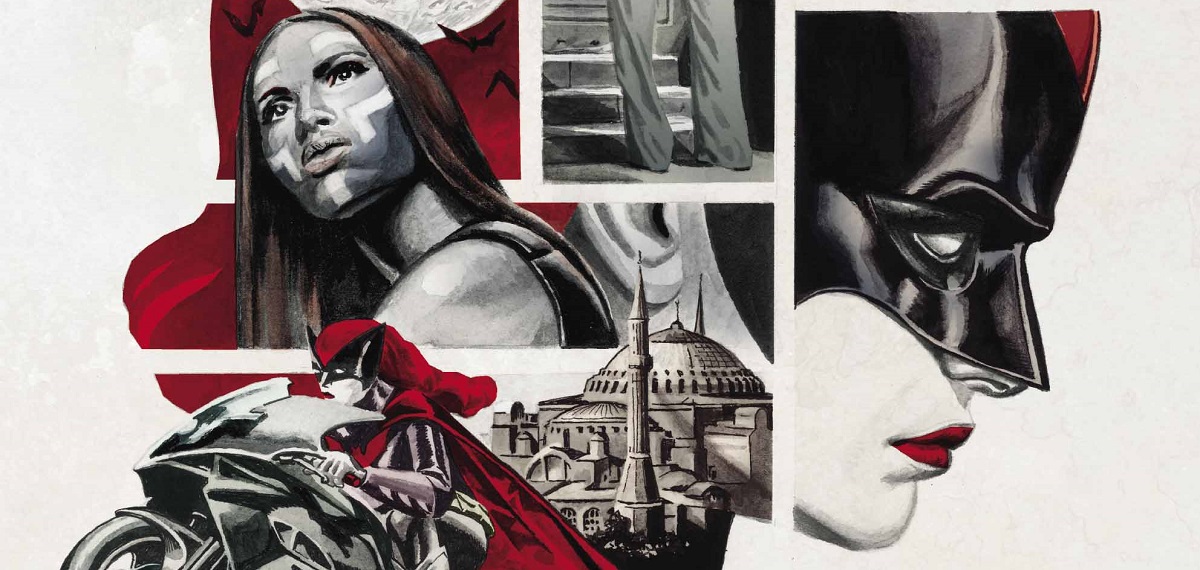
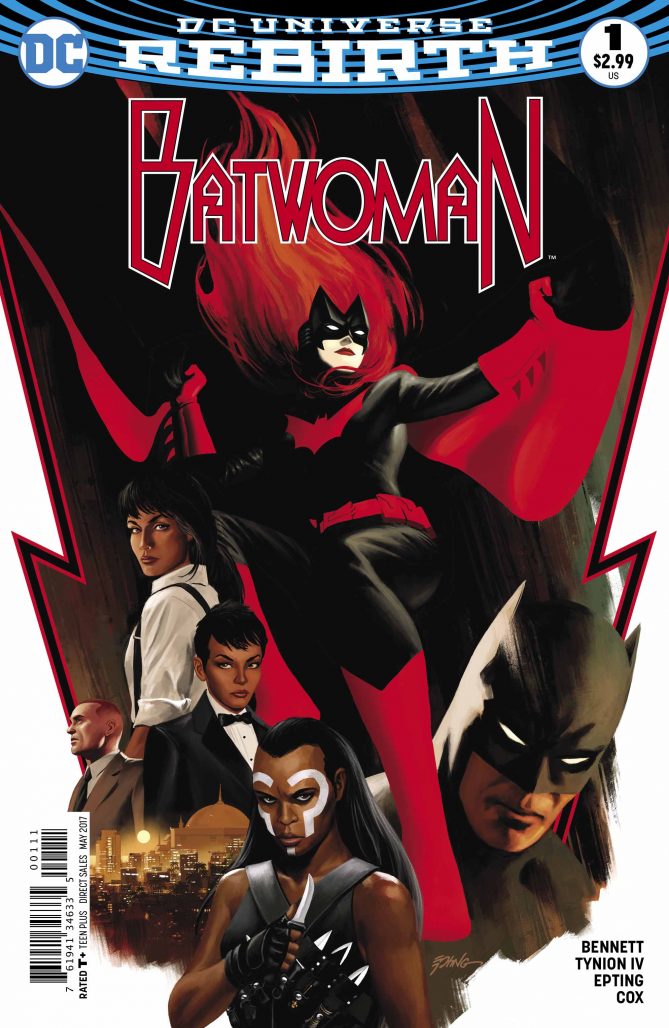 Batwoman #1
Batwoman #1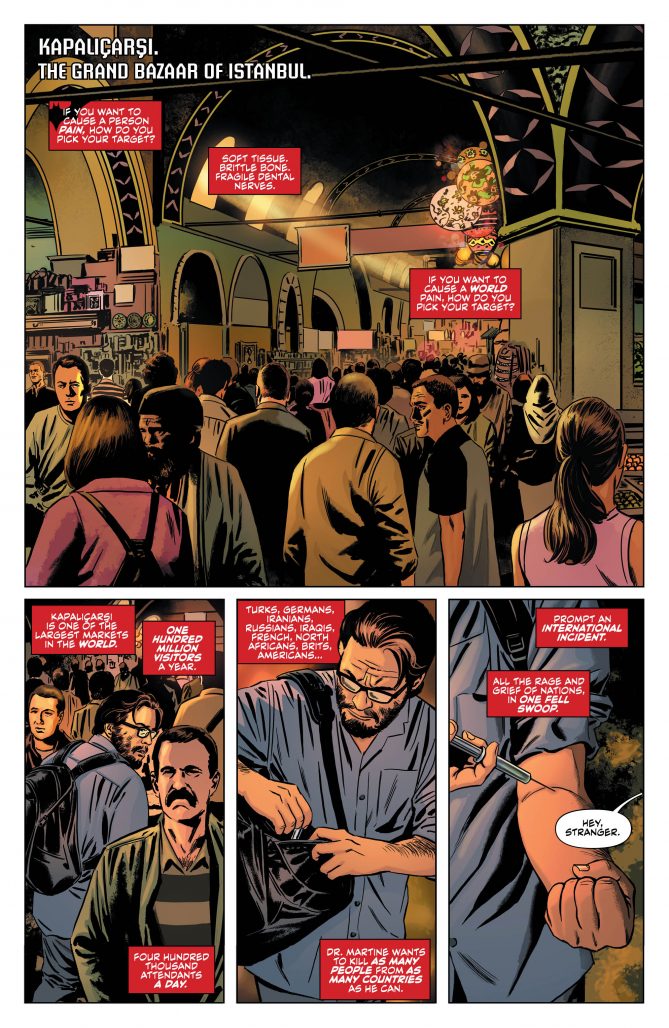
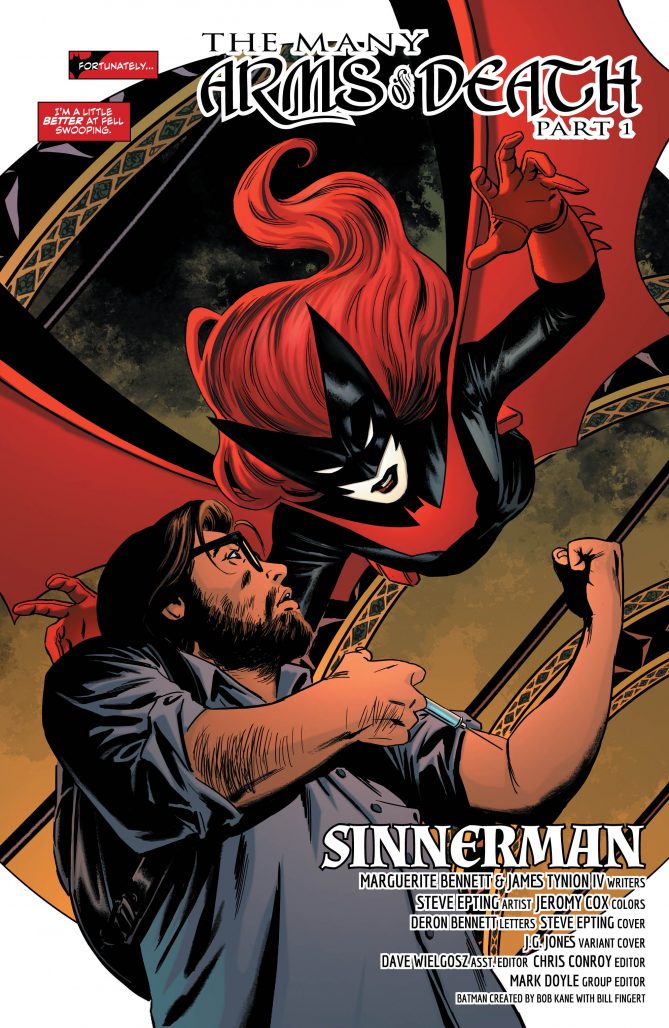
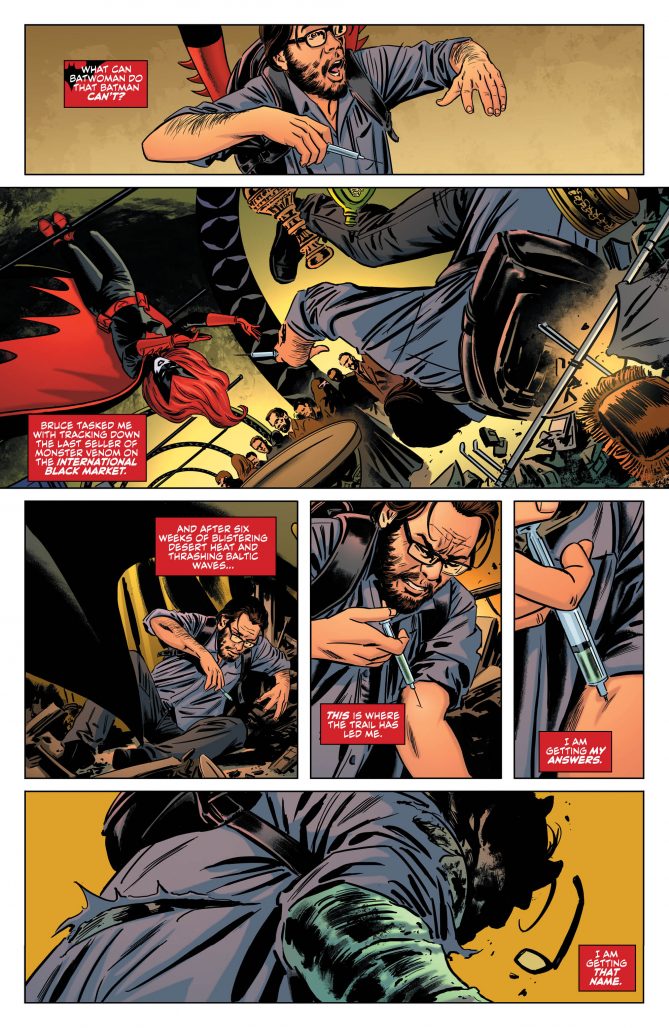
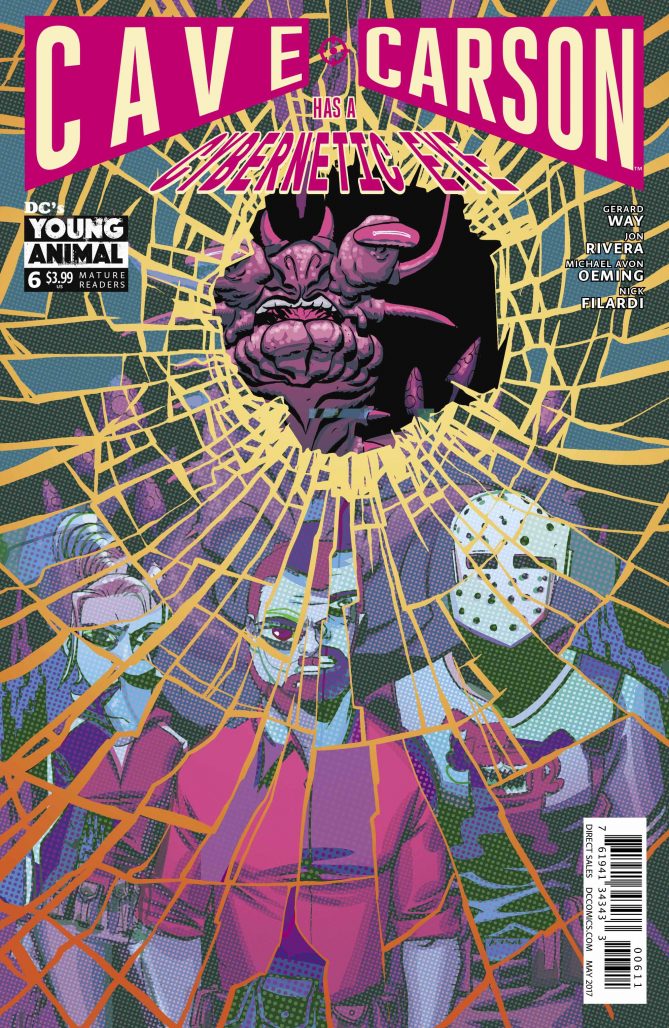 Cave Carson has a Cybernetic Eye #6
Cave Carson has a Cybernetic Eye #6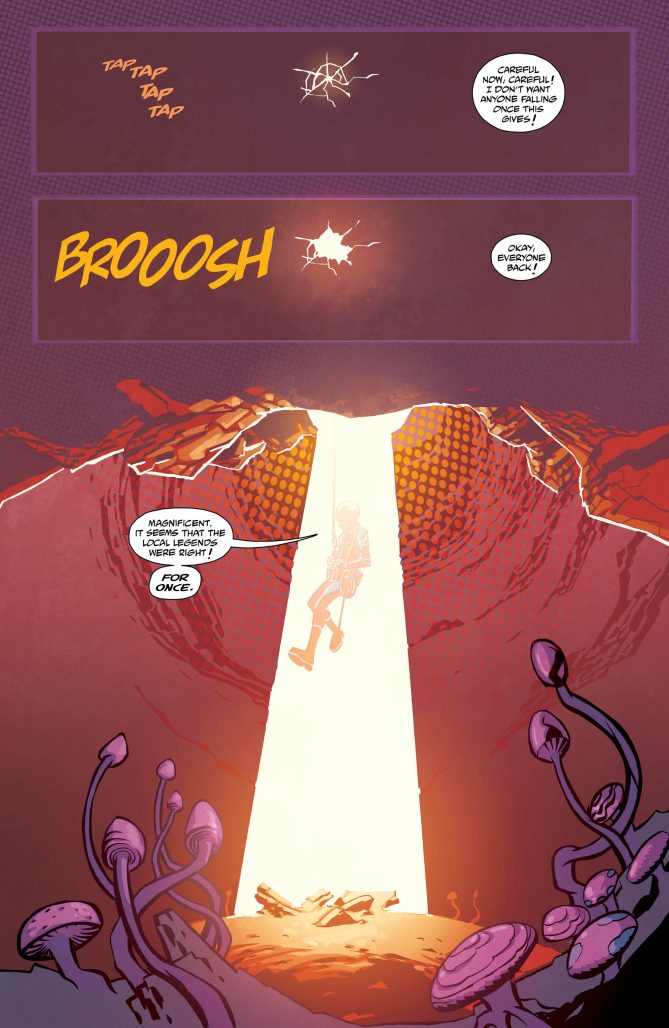
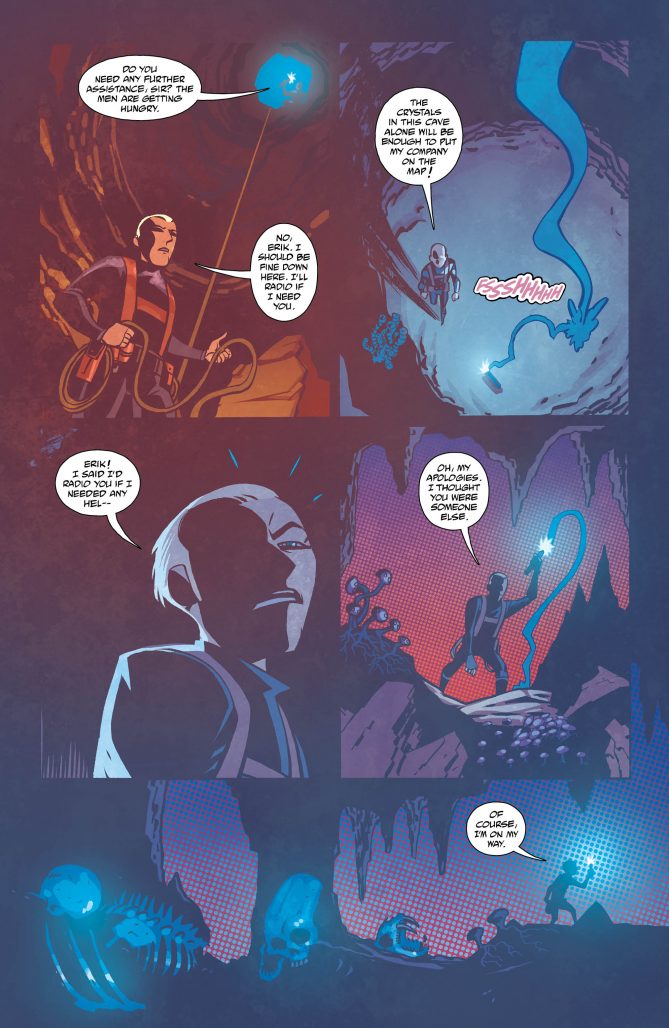
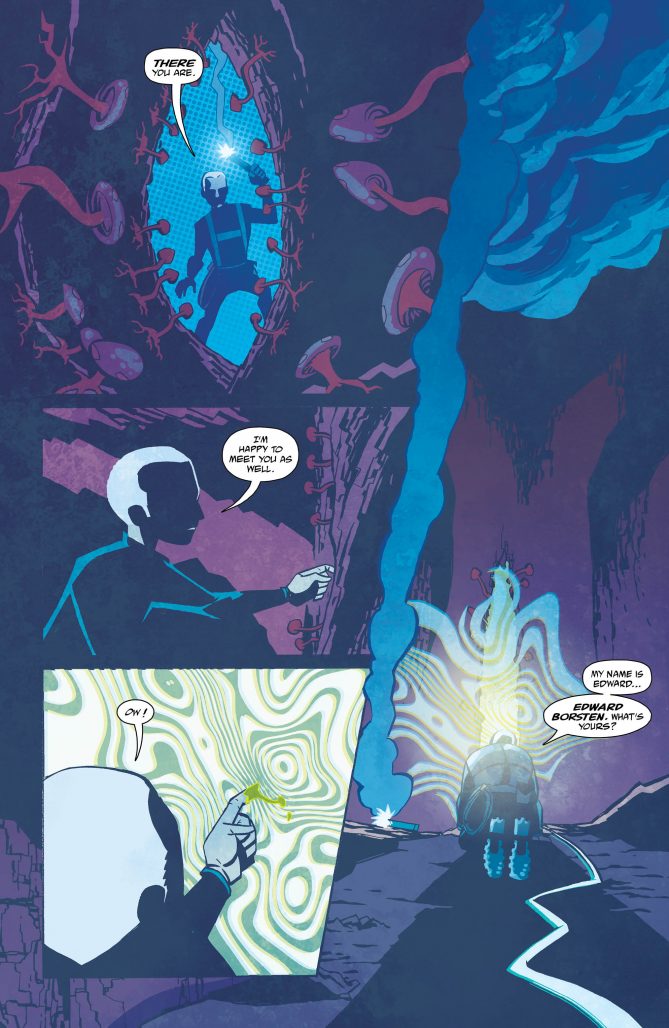
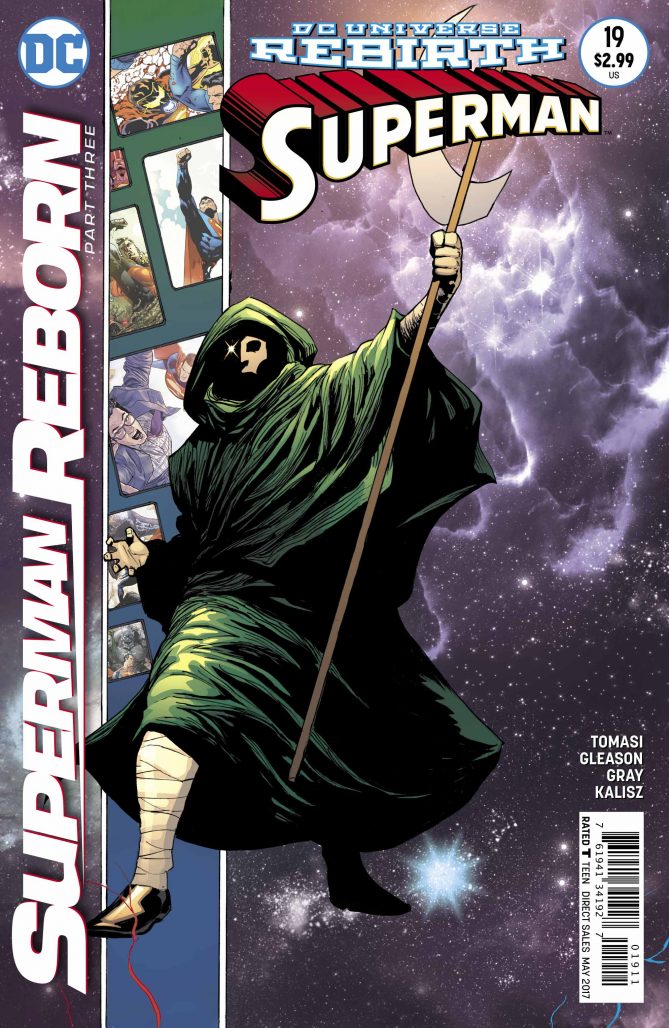

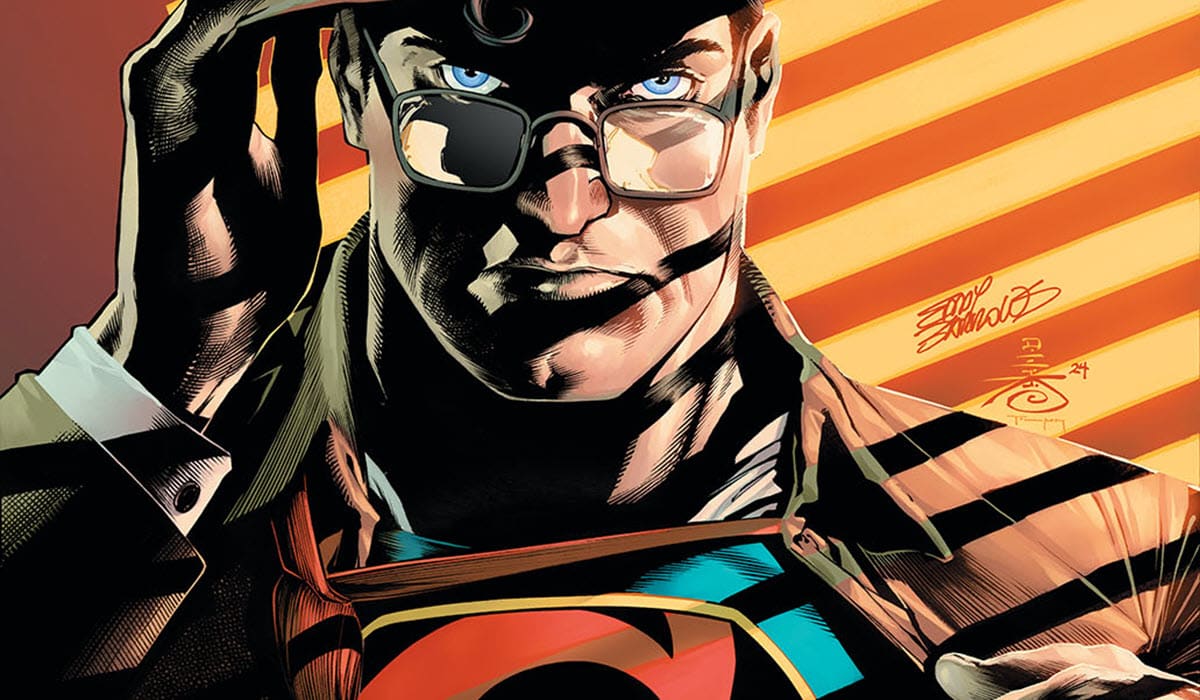



I think Reborn is merging New 52 Superman and Rebirth Superman into one. Well, that’s my guess anyway. I think a lot of the Internet was just really let down by the fake Clark not being Superboy Prime.
Super Sons continues to be a lot of fun. It delivers exactly what you want out of it, and every panel is executed perfectly.
And then there’s more Damian goodness in Nightwing. The plot has really taken off now.
Also, regarding Wild Storm, I agree that it’s lacking focus with all the different character groups, but I think that’s the intent. Spicer’s public showing has major consequences, and all these different groups are responding. It’s a “Game of Thrones” situation. Maybe I’d be less likely to invest in it were it not for Warren Ellis, but I have faith that all the table-setting has purpose.
So….I get the Game of Thrones-esque approach, but that’s a really hard thing to pull off when you have an hour-per-week TV show, and that’s way more space than a 24 page monthly book.
Also, the episodes where GoT feels compelled to check in with every single character are the worst ones. The stories need to be tied together either thematically or by location in some way. Why did we see the musician gal in Wild Storm this week (I’m blanking on her name)? It was almost totally extraneous to more important things going on with Angela.
Comments are closed.